
Eating well in the 1940s was a necessity. With rationing, limited resources, and a culture of self-sufficiency, families had to be creative in the kitchen. But here’s the surprising part: Those forgotten food traditions were healthier and more sustainable, never compromising flavor. These 20 are wartime kitchen secrets that offer invaluable lessons for modern-day eating.
Victory Gardens Fueled The Kitchen
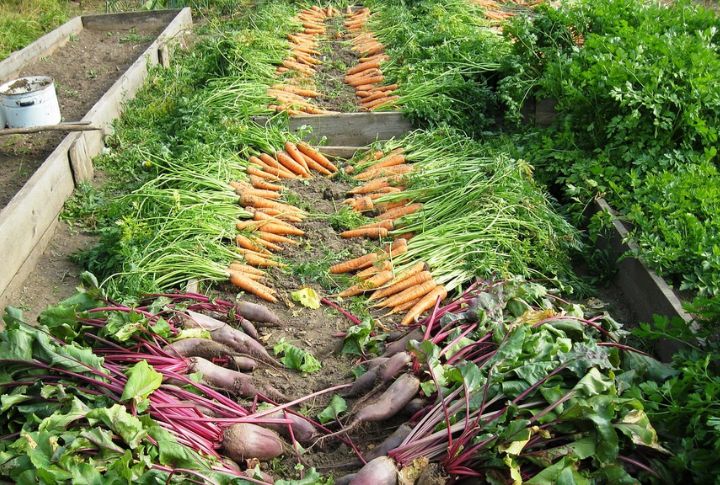
A backyard brimming with tomatoes, carrots, herbs, and leafy greens is a sight to behold for any home cooking fanatic. People in the 40s embraced it. Victory gardens were a food source that symbolized resilience during wartime. Families relied on these homegrown treasures to nourish their households. They never had to go to the grocery store; they harvested dinner instead.
Canning Was A Way Of Life
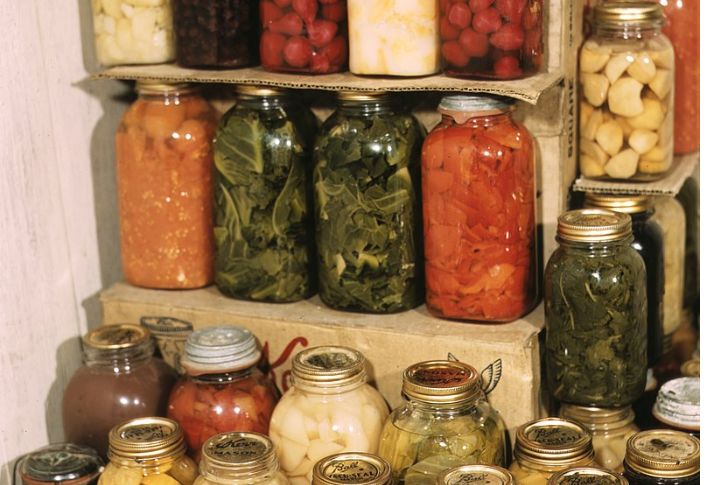
Jars lined up like tiny time capsules, preserving nature’s bounty for months. Canning as a way of food storage was a survival skill. Housewives mastered the delicate balance of acidity and heat to keep fruits and vegetables edible long past harvest. Could this be the secret to reducing modern-day food waste? Could be.
Butter Had Natural And Simple Substitutes
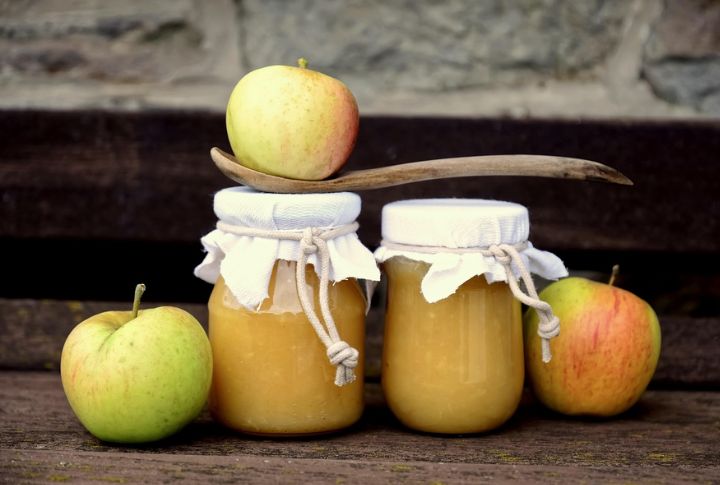
Butter was rationed, so alternatives took center stage. Applesauce, mashed bananas, and even bacon fat replaced it in recipes. This proved that creativity thrives under pressure. Baking a moist cake without butter? Absolutely possible. Wartime restrictions would go on to inspire some of today’s healthiest baking hacks, like cake without butter.
Whole Grains Were The Norm

Refined flour took a backseat to whole wheat, rye, and barley. Government-issued cookbooks urged families to embrace heartier grains, unknowingly setting the stage for modern whole-food diets. That rustic, nutty flavor in today’s artisanal bread is not new—it’s just a taste of history making a comeback.
Sugar? That Could Be Done Without
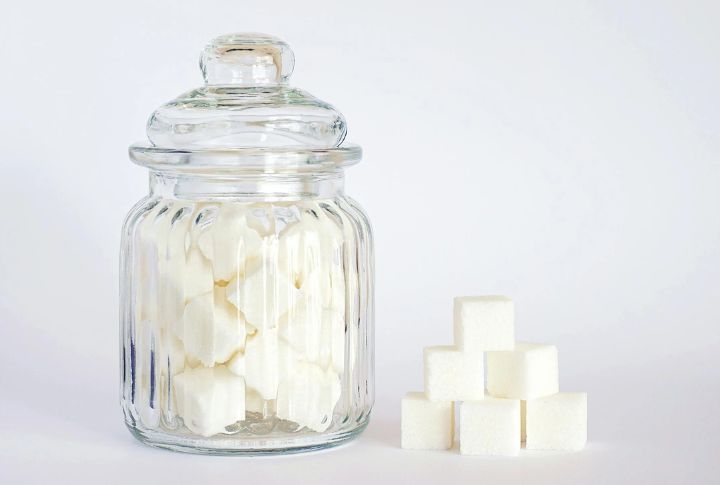
Sweet tooth? Too bad. Sugar was strictly rationed, and this forced households to rely on honey, molasses, and fruit purees. The result? Healthier desserts and an appreciation for natural sweetness. Today’s obsession with artificial sweeteners might have been avoided if this forgotten kitchen wisdom had stuck around.
Meat Portions Doubled With Vegetables And Legumes
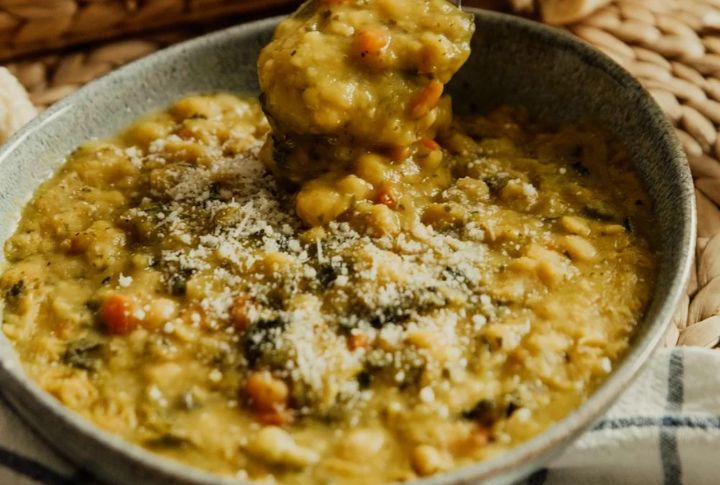
All-meat meals were practically unheard of in the 40s. Why? Because meat was scarce, so meals got creative, with stews consisting of lentils, beans, and root vegetables bulking up the dish. These add fiber and nutrients without sacrificing flavor. Imagine a juicy meatloaf infused with grated carrots and oats. This trick is economical and is one of the earliest lessons in balanced eating.
Waste Could Turn To Broth

Waste wasn’t an option. Bones, vegetable and fruit scraps, fish heads, and chicken feet found new purpose in rich, flavorful broths. Simmered low and slow, these nutrient-dense concoctions provided sustenance in every sip. Today’s bone broth trend is just another example of old-fashioned wisdom returning to the table.
Cooking Methods Preserved Nutrients

Boiling vegetables into mush? Not in the 1940s. Cooking methods like steaming, slow-roasting, and pan-searing were preferred. These methods ensured maximum flavor and nutrition, something modern-day fast food often fails to deliver. Cooking smarter, not harder, was the unspoken rule of the time. It saved energy, too.
Fermented Foods Became A Secret Weapon
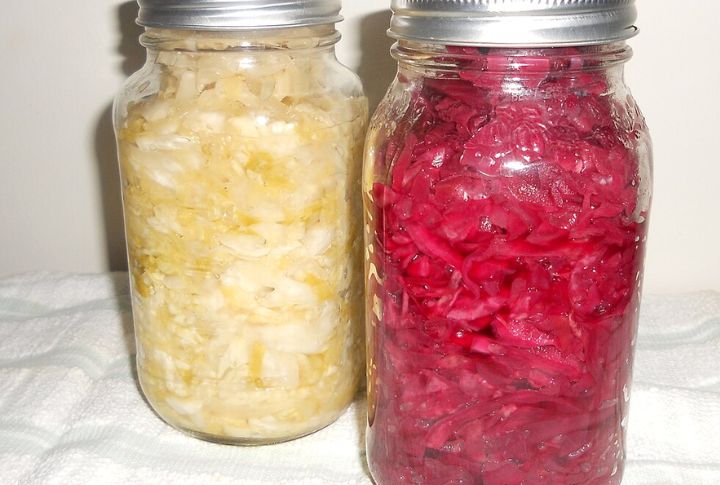
Gut health was unknowingly prioritized. And here is how they did it: Pickled vegetables, homemade sauerkraut, and kefir. These treats delivered probiotics before science even had a name for them. Fermentation extended shelf life and boosted immunity—a double win.
One-Pot Meals Made Cooking Simple
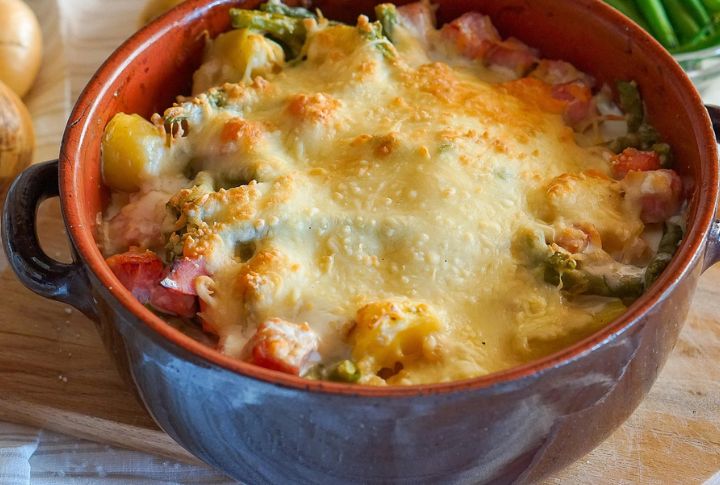
Minimal ingredients, maximum flavor. This was the motto. One-pot meals like stews and casseroles made cooking efficient without sacrificing nutrition. It also meant less cleanup and waste and a hearty dish that fed the entire family. It sounds like the perfect solution for today’s busy lifestyles, right?
Root Vegetables Were Essential
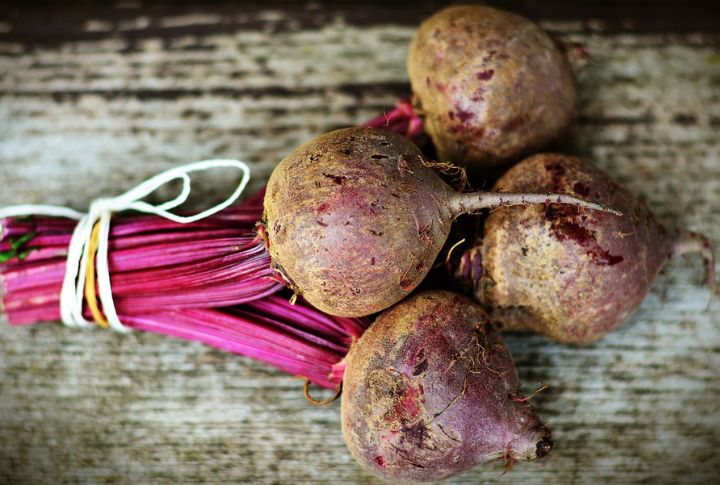
Carrots, turnips, beets, and potatoes were beyond side dishes—they were survival staples. These hardy vegetables lasted through winter, and they became invaluable in a world without modern refrigeration. Packed with fiber, vitamins, healthier carbs, and natural sweetness, they held a special place on every plate.
Bread Was Not On The Shopping List
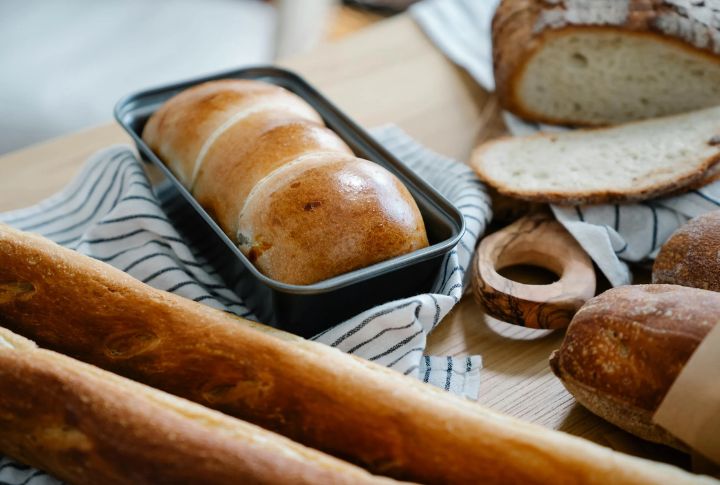
Making bread is actually elementary. With a few instructions and ingredients, you can make soft, warm loaves fresh from the oven—no preservatives, no artificial flavors. Back then, home-baked bread was the heart of every meal, kneaded with patience and care.
Making The Most Of Limited Eggs

Today, egg prices are soaring high; in the 40s, they weren’t abundant in the first place. So, stretching them became an art form. We’re talking powdered eggs, flaxseed replacements, and careful rationing that ensured nothing went to waste. Think your brunch omelet is essential? Imagine savoring every bite, knowing it might be the only egg you’d have all week.
There Were Clever Milk Substitutes

Milk shortages led to some surprisingly effective alternatives. These alternatives included evaporated milk and nut-based blends that kept meals creamy and delicious. Many of today’s plant-based dairy alternatives on the shelves owe their roots to these inventive wartime workarounds.
Portion Control Was Ingrained
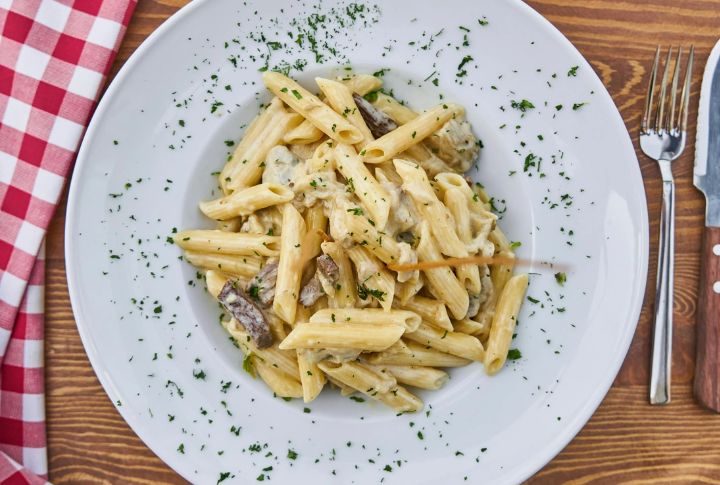
What you had on your plate had to be cleared because they weren’t overflowing, and seconds weren’t guaranteed. Portion sizes were naturally smaller, and this promoted balance and mindful eating. In a world obsessed with super-sized servings, perhaps revisiting this ration-based approach could lead to healthier habits today.
Seasonal Eating Was Non-Negotiable

No strawberries in winter. No problem. No avocados on the shelves. Also, no big deal. Families ate what was available, fresh and locally sourced, and they adjusted their meals accordingly. The result was peak nutrition in every bite and a deep connection to nature’s cycles. Could the answer to sustainable eating be as simple as looking back?
Cooking Was A Shared Activity

Shared resources and collective cooking efforts brought neighborhoods together during mealtimes. These makeshift kitchens ensured no one went hungry, fostering a spirit of unity. In an era where isolation is common, a return to communal cooking could rekindle a sense of connection
Less Was More In The Kitchen
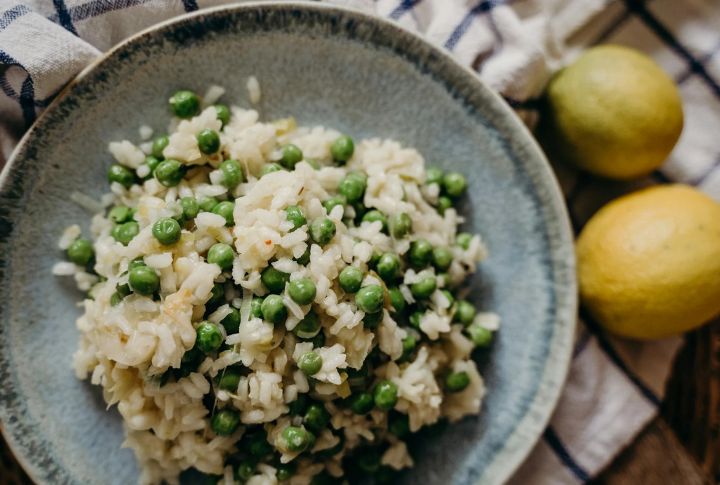
Fewer ingredients and simpler techniques—this was the essence of 1940s cooking. Meals were built on necessity, yet they delivered flavor and nourishment without excess. Maybe it’s time to strip back the over-complicated diets of today and embrace the beauty of simplicity once more.
Foraging For Wild Edibles Added Variety
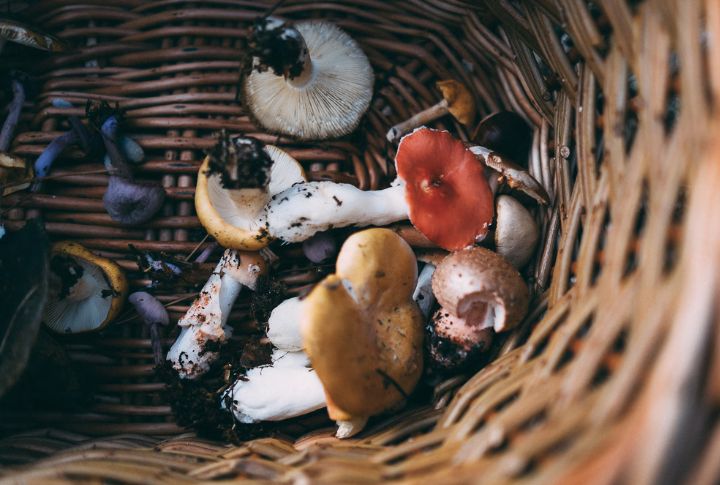
Modern food security could benefit from reintroducing the lost art of responsible foraging, trusting that nature provides when store shelves run empty. Families in the 40s foraged for wild greens, berries, mushrooms, and herbs to add essential vitamins and flavors to their meals. Dandelion greens and wild garlic were all fair game.
Homemade Dairy Was Better—And Cheaper
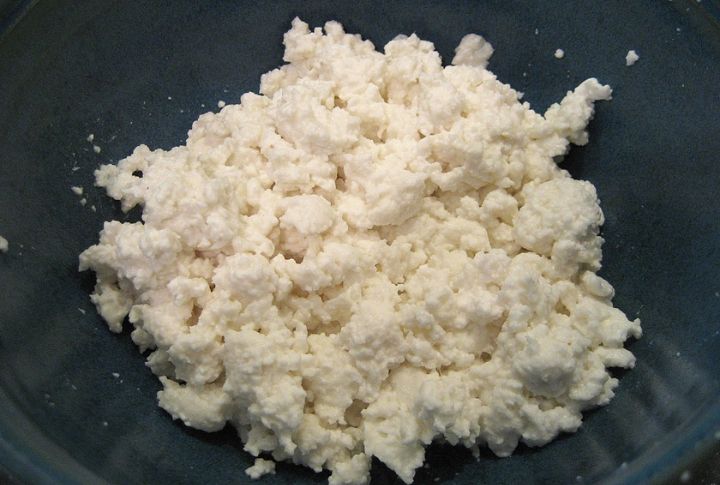
With dairy shortages affecting milk availability, families got creative by making simple cheeses, yogurt, and even buttermilk substitutes at home. Cottage cheese and ricotta-style curds became kitchen staples in the 40s and were made widely to have a great variety on the table.
Leave a comment